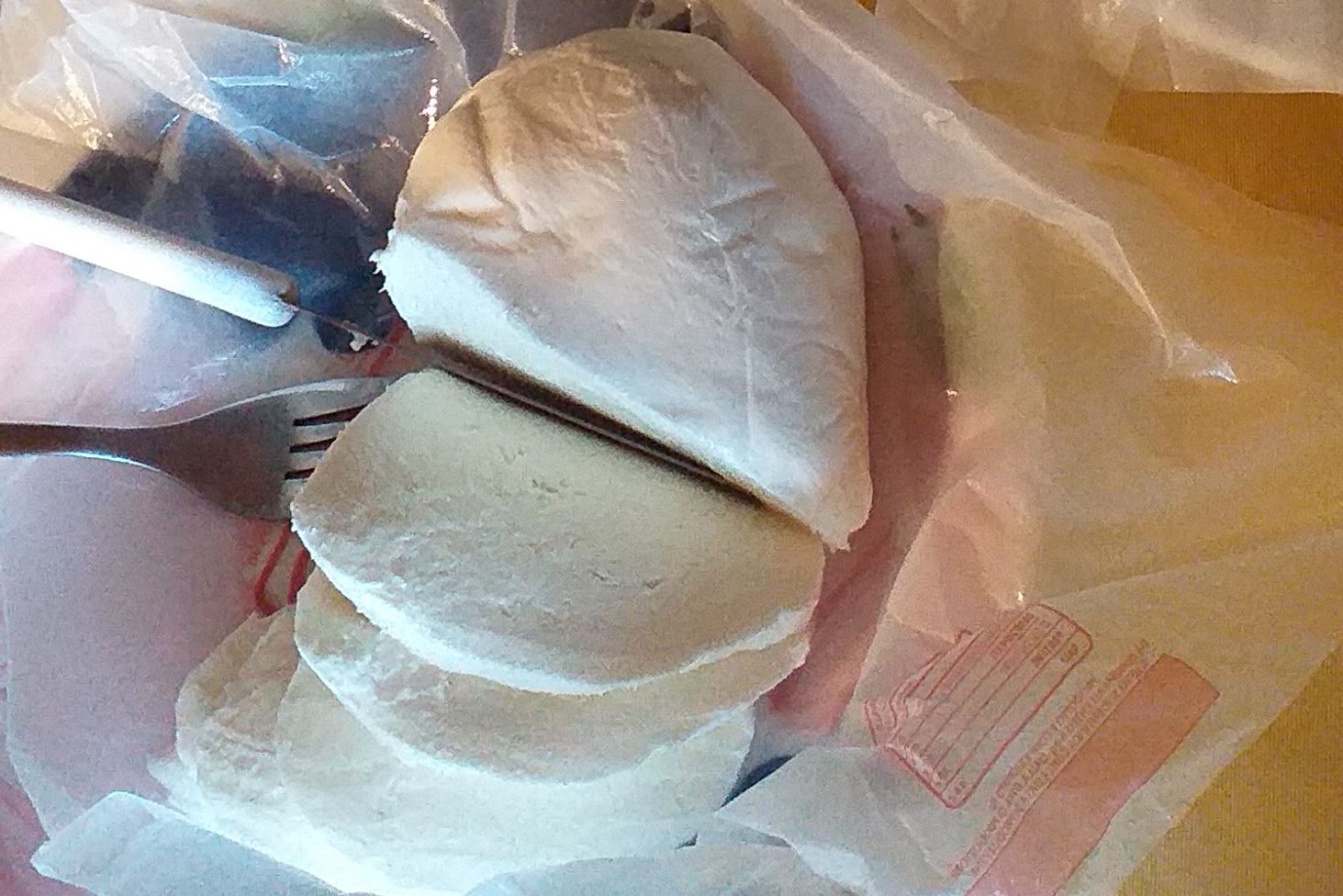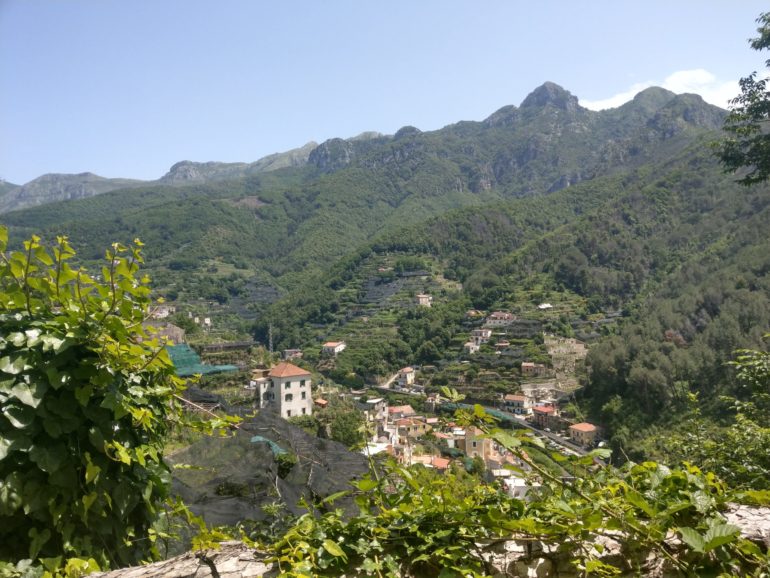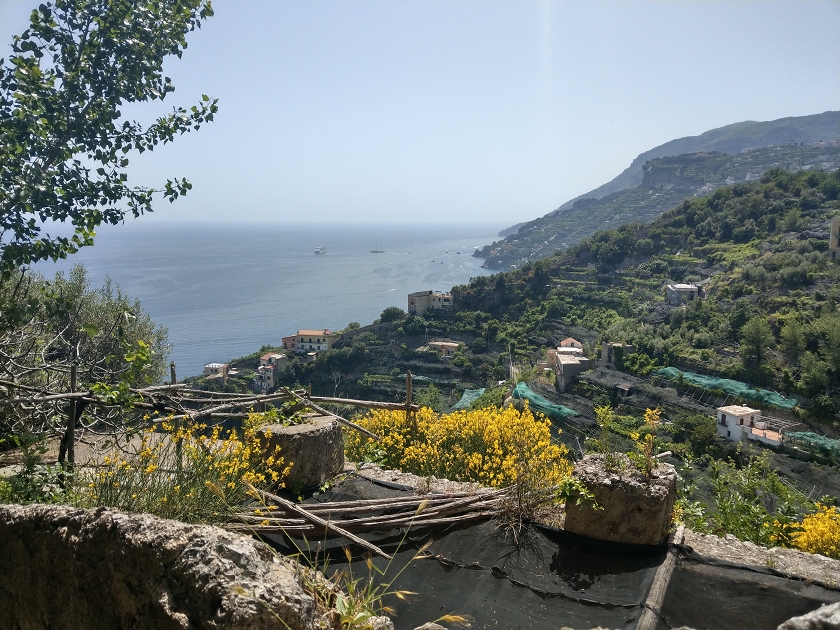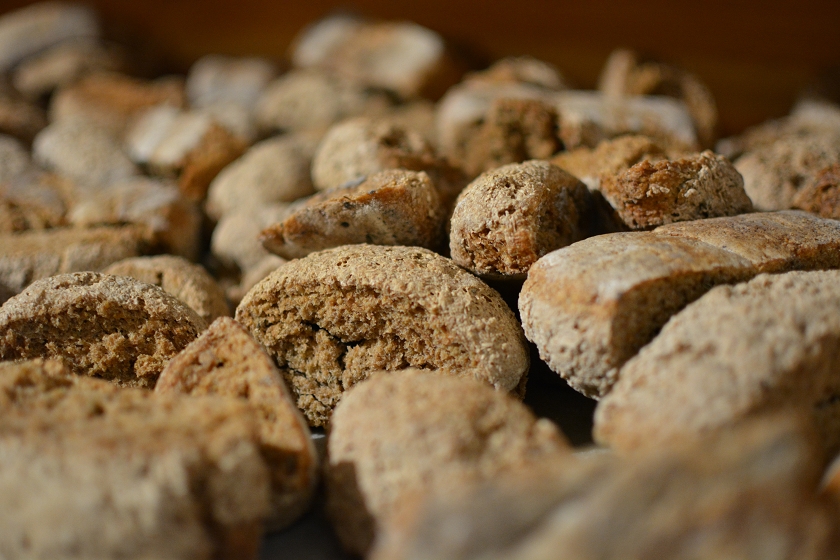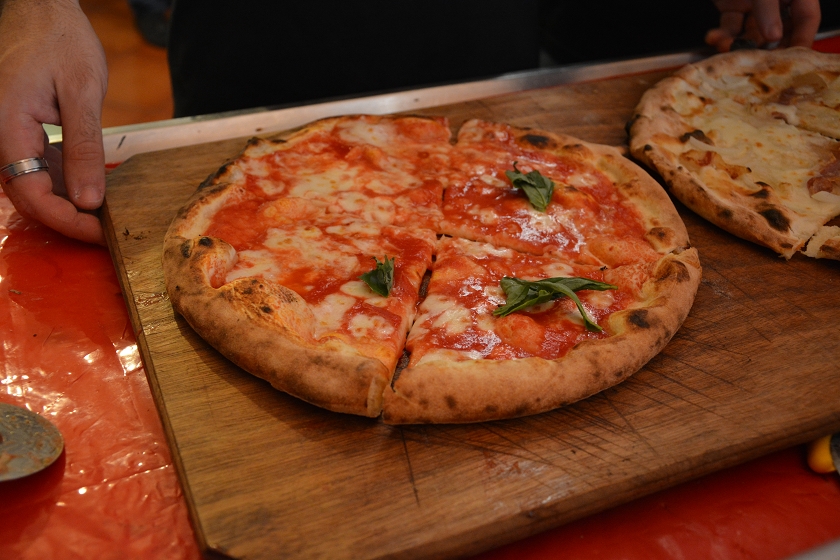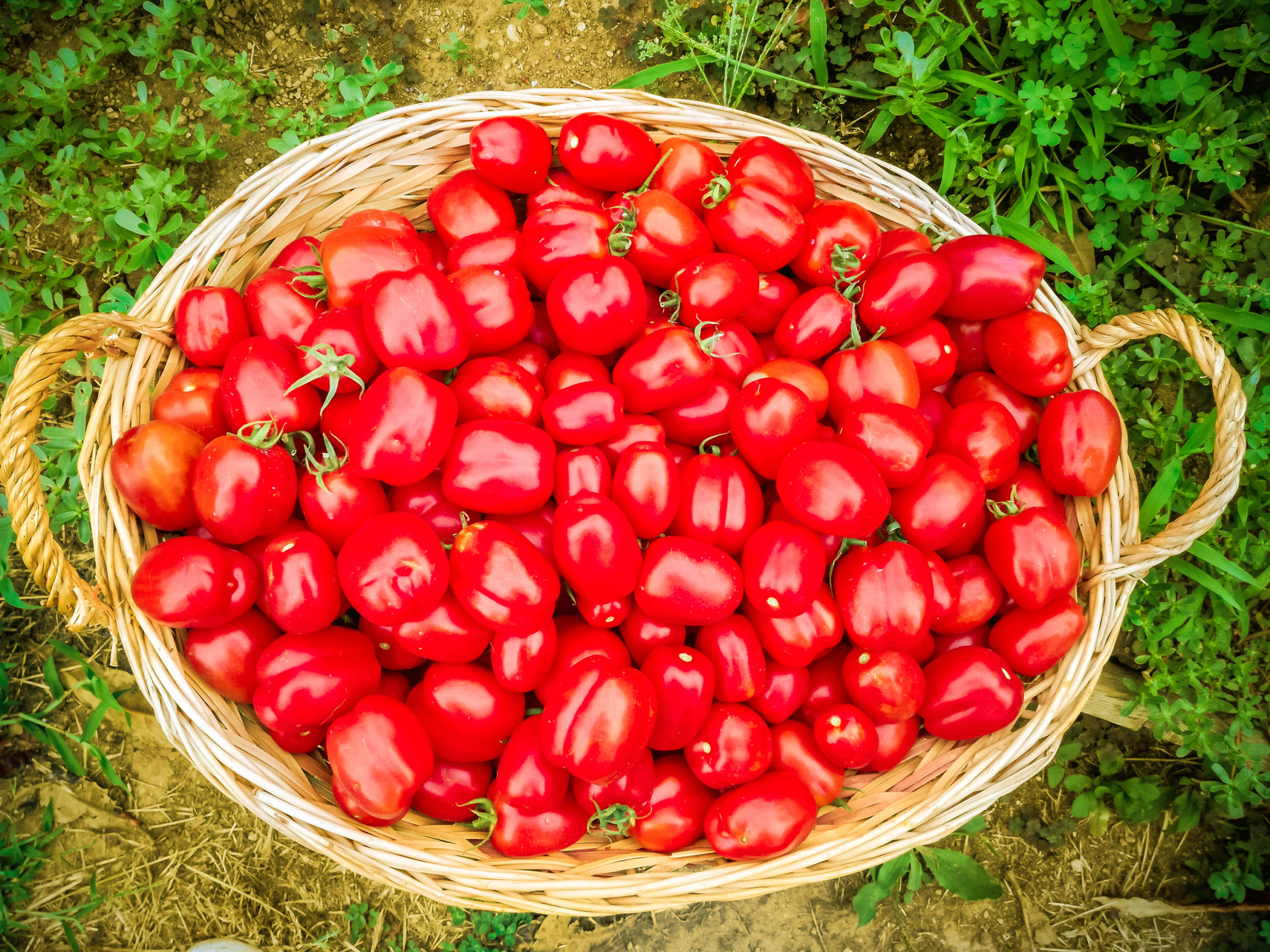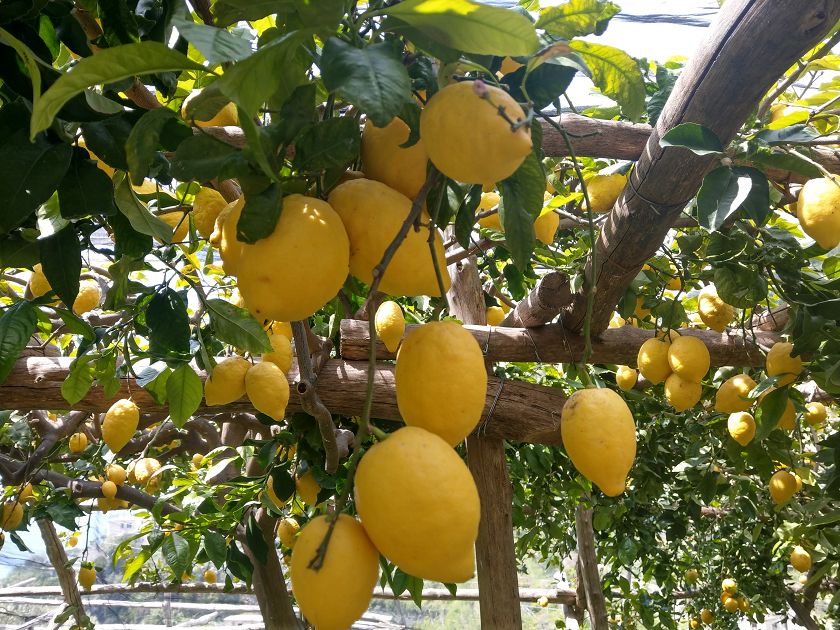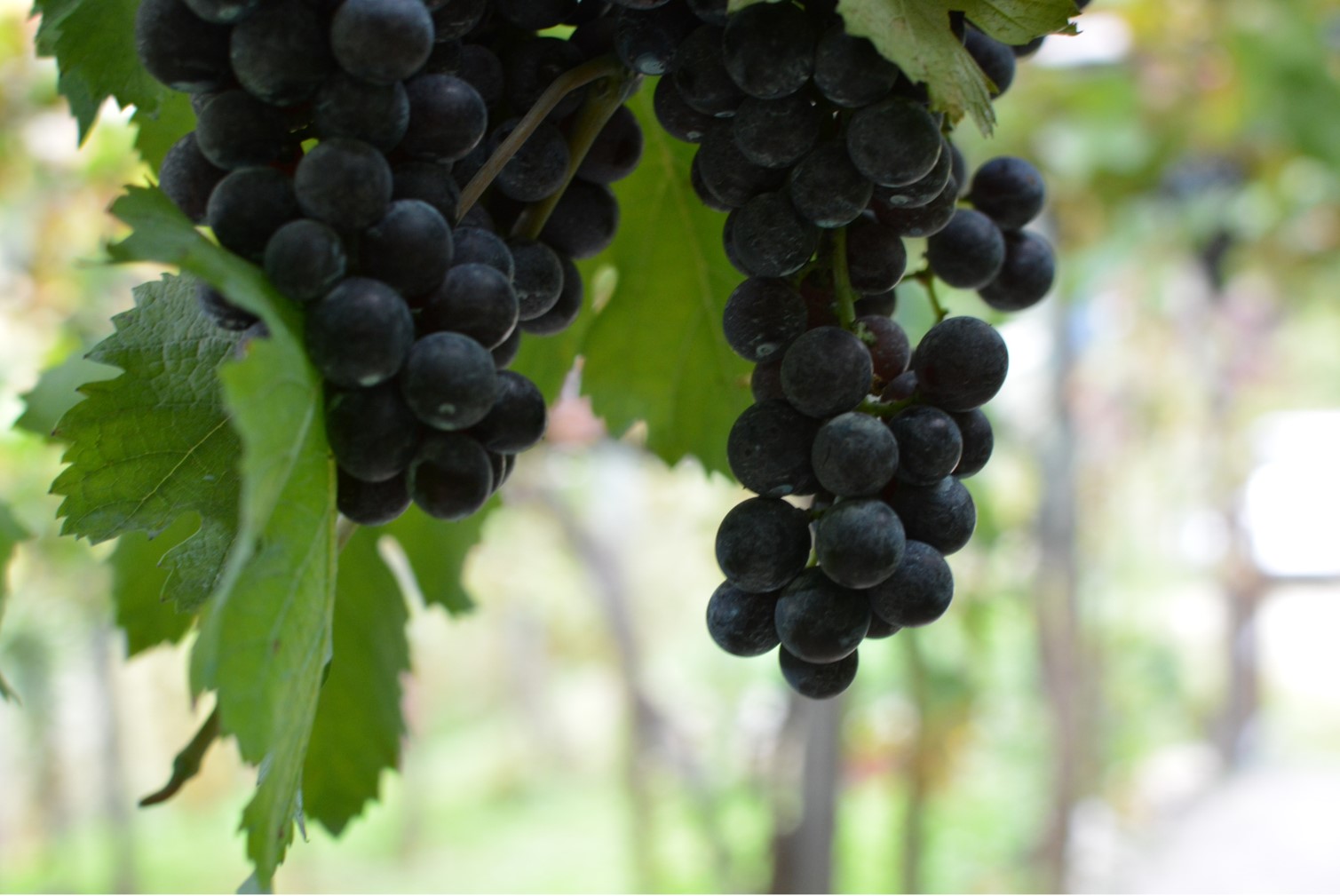There are 13 towns of the Amalfi Coast declared by UNESCO “World Heritage Site”. One of them is Tramonti, a calm and charming Italian village, far away from the big cities’ noise. As it is situated between mountains, its height goes from 141-1316 m above sea level.
The name Tramonti means “(land) between the mountains” in Italian. It is situated in between the green Monti Lattari (“Milky Mountains”), where excellent dairy products like mozzarella and ricotta are made. The name for the mountains was given by the Romans due to the many goats and cows that were bred in the area and brought the milk for these cheese variations. Today, there are no more cows, but still goats and especially sheep. There are though still various cheese dairies in Tramonti and its surroundings.
Situated between the mountains, Tramonti is surrounded by many beautiful pathways, going through the terraced landscapes like vineyards and orchards. When coming to the region, you should try out the very unknown Sentiero delle Formichelle which is situated between Tramonti and Maiori. You can also hike the Monte Finestra, one of the mountains overlooking Tramonti.
View over Tramonti (top) and Minori (bottom) from the Sentiero delle Formichelle
Even though Tramonti is not very known among the Amalfi Coast’s tourists, it has an important history.
The pizza we all know and love today was created in Tramonti. How? To explain this, we have to look a bit further. When during the time of the Duchy of Amalfi, the coast had commercial relations with Arab countries, sailors needed to spend a lot of time on their ships in order to get there to North Africa. The food they could easily transport and keep for a long time was a special kind of bread. This bread, coming from Tramonti’s bakeries, was baked until very dry and could be stored for months. Baked without salt, the sailors just put it into saltwater and could eat it afterwards.
The bakeries, while waiting for the oven to get to the right temperature, tried something out. They made a dough out of rye flour, germanella, millet and barley and seasoned it with spices and lard. This was the base of today’s pizza. Later, they added tomato on top, notably the local variety the Re Fiascone, which became one of the main ingredients, together with mozzarella and basil. The pizza created with these three toppings, representing the Italian tricolore, was dedicated to the Queen of Italy, named Margherita, in 1889.
The above-mentioned tomato variety Re Fiascone was very common for a long time and every family was growing it. The seed that was spread hand by hand disappeared more and more in the 19th century. It got mixed with other varieties or was replaced with less tasty varieties, but that are also easier to cultivate. Re Fiascone is very sensitive and cannot be transformed with machines, only manually. Thanks to the collaboration with some local farmers, ACARBIO could recover and promote that very tasty tomato variety.
Apart from that, the Amalfi Coast is known for its lemons called “sfusati” – that local variety which also exists in Sicily is very huge, almost like a Pomelo, and a bit sweeter than other lemons. You can even eat its pulp! Many local products are made out of lemons, such as the famous limoncello, but also lemonade and lemon jam. Their peel can even be used to make ecological cleaner or detergent.
The lemons also grow in Tramonti, but more in the lower parts of the community. When getting higher up, you will see more vines, and at the highest points, there are growing mostly chestnut trees.
The vines bring a very special and old wine: The red wine “Tintore di Tramonti” is one of the oldest varieties in Europe. It survived the phylloxera epidemic, which destroyed most of the vines in Europe. At the end of the 19th century, American vines were imported to Europe for experimental purposes. Their roots carried an aphid against which the native American roots are resistant. But once the vines were planted into the European soil, they migrated to the European roots, which were not resistant to it. The most devastating effects were experienced in France, but also other European countries like Italy, Spain and Germany lost whole varieties of wine. The solution to save the wine industry was to graft European vines onto phylloxera-resistant American rootstocks. Even today, this procedure is still used in many wine regions.
So, what about the Tintore di Tramonti? Apparently, phylloxera didn’t like the pH levels of volcanic and some sandy soils, leaving alive the Tramonti vine. A few other places in Italy – in Campania, Calabria and on Mount Etna in Sicily – also still grow pre-phylloxera vines.
All these products grow on terraced landscapes, typical for the region and necessary due to its mountainous terrain. The promotion of the local products helps to maintain the terraced landscapes – for cultural and safety reasons, as well as for preserving biodiversity – and to support local farmers, meaning a sustainable way of agriculture. ACARBIO is focusing on the recovery of the local biodiversity and mainly on endangered species, promoting a sustainable development of the area.
To find out more about the local variety Re Fiascone, you can check our website www.refiascone.it.
In the following video, you can learn more about Tramonti in general, but also about the pizza and the local variety Re Fiascone: https://www.facebook.com/comunetramontisa/videos/621989975337733/
More about the history of Tramonti pizza and how it was exported can be found here: https://www.acarbio.org/en/storia-della-pizza/
If you want to know more about the importance of terraced landscapes, you can read our article about it here: https://www.acarbio.org/en/terraced-landscapes-on-the-amalfi-coast/.
To get more information about the Sentiero delle Formichelle and other things to do and visit on the Amalfi Coast, check out our following post: https://www.acarbio.org/en/things-to-see-in-the-amalfi-coast/
Séraphine-Noëlle Reeg * studying Tourism and Sustainability at the University of Montpellier, France

